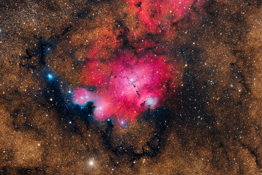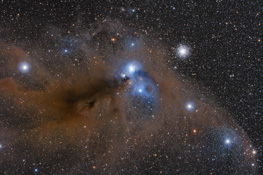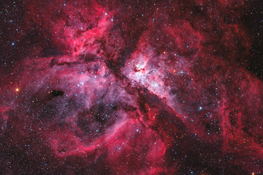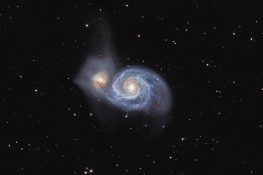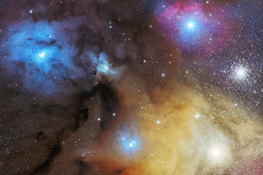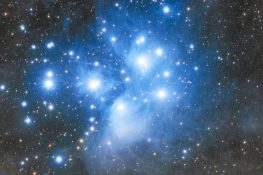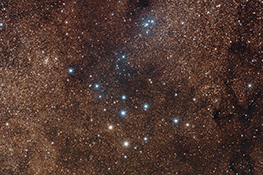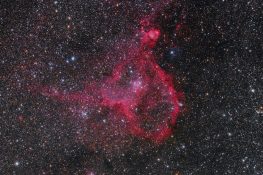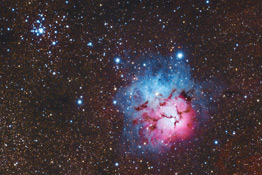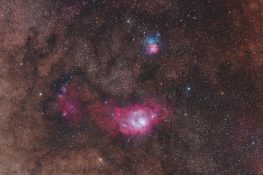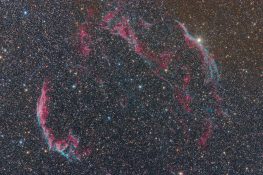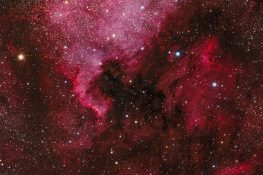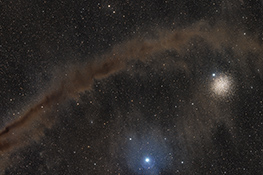
Sandqvist 149 - NGC 4372
Sandqvist 149 or The Dark Doodad Nebula is a dark nebula close to the southern celestial pole in the Musca constellation. The massive, ribbon-like dark cloud stretches over 30 light-years and is part of the Musca-Chamaeleon molecular cloud complex.
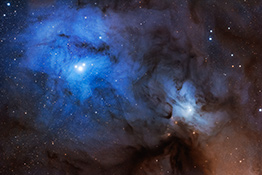
IC 4604 - IC 4603
IC 4604 is a large diffuse nebula located in the the constellation Ophiuchus, surrounding the bright triple star Rho Ophiuchi. Several regions of bright and dark nebulosity surround this area.




